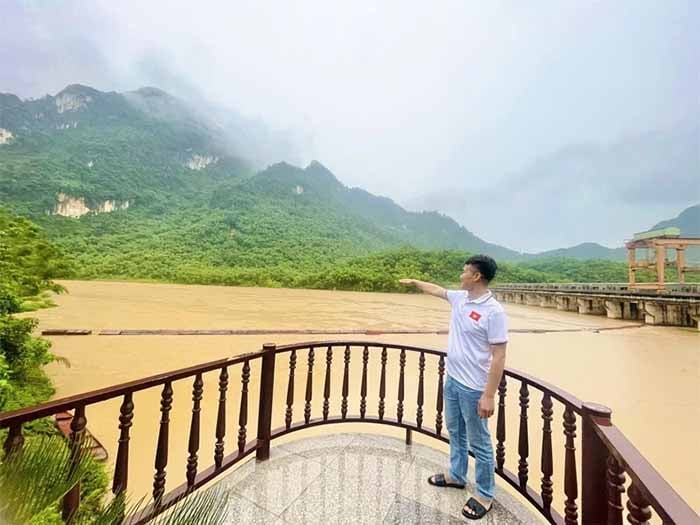
Thiet Ong land on the Ma river.
The river builds heritage
On its 410km journey into Vietnam, starting from Ten Tan, the Ma River flows noisily, creating hundreds of thousands of waterfalls and rapids on its 270km journey through Thanh Hoa province, then flows into the Gulf of Tonkin on the main stream of the Ma River (Hoi - Lach Trao estuary) and two tributaries, the Tao River (Lach Truong estuary) and the Len River (Len - Lach Sung estuary). The river is like a silk strip across the land and sky of Thanh Hoa, carrying alluvium to build up the fields and leaving layers of cultural sediments on both banks. Along the flow are villages of Mong, Thai, Muong, Kinh... who have lived together for a long time, building houses, growing rice, weaving, organizing festivals, and singing folk songs. The sounds of drums, gongs, khap and xoe melodies blend with the rhythm of the water, creating a symphony of life from the mountains to the sea. From temples worshiping river gods, ancient communal houses by the waterfront, to annual festivals praying for crops and water processions, all show people's respect for the river - a symbol of life and the desire for prosperity.
In the land of Muong Ong, now Thiet Ong commune, the sound of gongs still resounds loudly in every festival season. The Muong people here consider the Ma River as the source of life, the beginning of the epic "Birth of the Earth, Birth of Water" - the soul of Muong culture. It is in the echoes of gongs that the river has become a witness, a connecting thread between people and the earth and sky, between the past and the present. In the book “Geography of Ba Thuoc district” it is clearly stated: “Thiet Ong is located in the valley of mountain ranges. From the North, there are limestone mountains blocking the Ma River flowing around the foot of the mountain, forming a low-lying area. To the West is Pu Den range, to the East is Moc mountain, to the South is Pu Mun range... Since ancient times, the Ma River has been famous for its waterfalls: Nhat Suoi, Nhi Ca, Ba Long. The largest waterfall of the Ma River is Suoi waterfall located in the middle of Thiet Ong commune, also located in the valley of water on high mountains eroding to form large streams such as Hang stream originating from Hang village, running 8km through Trech, Cu, Do, Thuy, Doc, Nga villages to the mouth of the Ma River, also called Nga stream; stream from Sen hill, Khom hill, bordering Van Nho, flowing through Cu Coc to the mouth of the Chieng village river, called Hon Sui, Dang village stream flowing through Suoi waterfall, called Hon Suoi...”. Just like that, through many generations, the names of rivers, streams and customs of Muong Ong land gradually formed and built up until today.
Born in 1960, Ms. Pham Thi Thanh, Chun village has witnessed many changes in the village and the Muong Ong cultural space here. Ms. Thanh emotionally said: “The Ma River has nourished many generations of people. From the time we were born and grew up until now, the river has given us water, shrimp and fish... and also given us Xuong singing, Khen melodies, and festivals. Without the Ma River, this village would have no soul.” The simple words but containing the deep feelings of the riverside residents, affirm that the Ma River is not only a natural water source, but also the cultural lifeblood of the Muong people of Thanh land.
From the highlands, passing through the midlands, when the Ma River flows into the plains, its water continues to sow fertile seeds, nurturing peaceful and beautiful countrysides. Here, the Ma River chants, lullabies, and Thanh folk songs are all filled with love for the river, for the people and the homeland. In each song, we see the silhouettes of dugout canoes, wharves, golden rice seasons... blending into a cultural picture rich in alluvial colors.
Nurturing cultural lifeblood
Not only a source of life, the Ma River is also a river that nourishes the cultural vein, a place that preserves sacred stories about the land and people of Thanh. From Cua Ha (Cam Thuy commune) to Kieu Xua street (Yen Truong commune), the river opens up many layers of cultural sediments and heritage. Now, on the cliff of Dieu Son (Cam Van commune) located on the right bank of the Ma River, there are still four words engraved "Cam Van Dieu Tri". The book "Dai Nam Nhat Thong Chi" compiled by the National History Institute of the Nguyen Dynasty during the time of Tu Duc (1865) recorded: "On Dieu Son mountain in Quan Bang commune, Cam Thuy district, above the mountain is a cave, behind the cave is a pagoda. In the pagoda, there are stone statues, Buddhist scriptures, bells hanging in front of the door and waterfalls winding around 9 bends. Here, the mountains and rivers are quiet and peaceful, also an interesting scene in the mysterious castle". Standing on the cave door, looking out at the Ma River is a whole scene of sky, clouds, mountains and rivers. Therefore, it is easy to understand that Dieu Son mountain and pagoda have captivated many poets and writers.
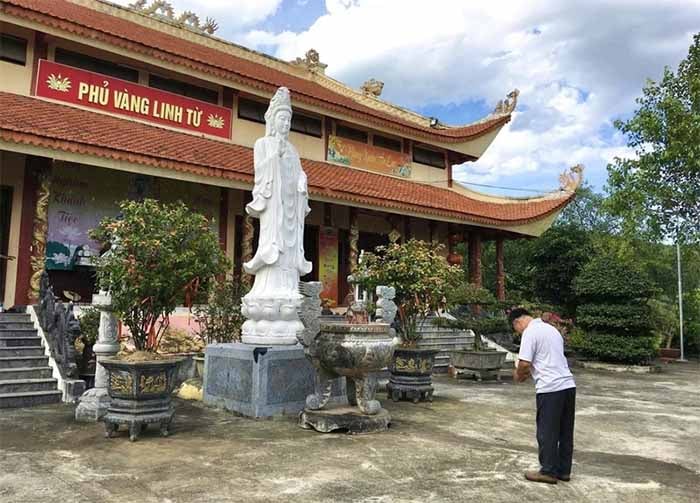
Phu Vang Linh Tu - a spiritual and religious destination on the Ma River.
Downstream, Nhan Cao village (Thieu Quang commune) is a unique cultural highlight along the Ma River. Every year, on the 12th of January (lunar calendar), the Ngu Vong Phuong festival is bustling with boat racing activities on the Ma River. This is the main festival of the year, so all rituals, ceremonies, celebrants, readers of wishes, deacons, costumes, offerings and the ceremony are all done very carefully. In particular, the pride of the people here is the performing art of "Lantern dancing and singing Cheo Chai ancient" - a national intangible cultural heritage. On village festival nights, the shimmering lights above the girls' heads, the sound of drums and clappers blend with the rhythm of dancing and singing, creating a sacred and colorful space. Meritorious Artisan Nguyen Thi Thuy shared: “Although we have mastered it, we still practice passionately, not only to perform but also to preserve the memories of our village, to let our descendants know the cultural soul of the Ma River - where every person is a keeper and successor of the heritage.”
Leaving Bong junction, the convergence of Ma River and Chu River, the river continues its story with deep cultural layers. Among them, Do Mountain - "Linh Quy Hi Thuy" is a place containing great cultural and historical values. The stone tools found prove that, from very early times, this river was the cradle of human civilization. From Do Mountain to Ham Rong, Ma River opens up a majestic landscape. Ham Rong - the land of "dragons and tigers" is not only famous for its beautiful landscape, but it is also a heroic symbol of the nation in the resistance war against America. It is here that the Ma River's songs resound amidst the smoke of bombs and bullets, becoming an epic of patriotism and the desire for peace .
Today, when Thanh Hoa province is on a new development journey, the Ma River continues to play a role as a source of nurturing community culture. Many localities have exploited the cultural values on both banks of the Ma River to develop community tourism and eco-tourism, thereby both preserving and spreading unique cultural heritages. The river not only flows through the land and villages, but also goes deep into the soul of each person, becoming a source of pride and affirming the eternal vitality of the community on the land of Thanh.
Hoai Anh (Source: Baothanhhoa)
Lesson 3: The place where the achievements are imprinted
Source: https://svhttdl.thanhhoa.gov.vn/van-hoa/khat-vong-moi-ben-dong-ma-giang-bai-2-nguon-nuoi-duong-van-hoa-cong-dong-1009985


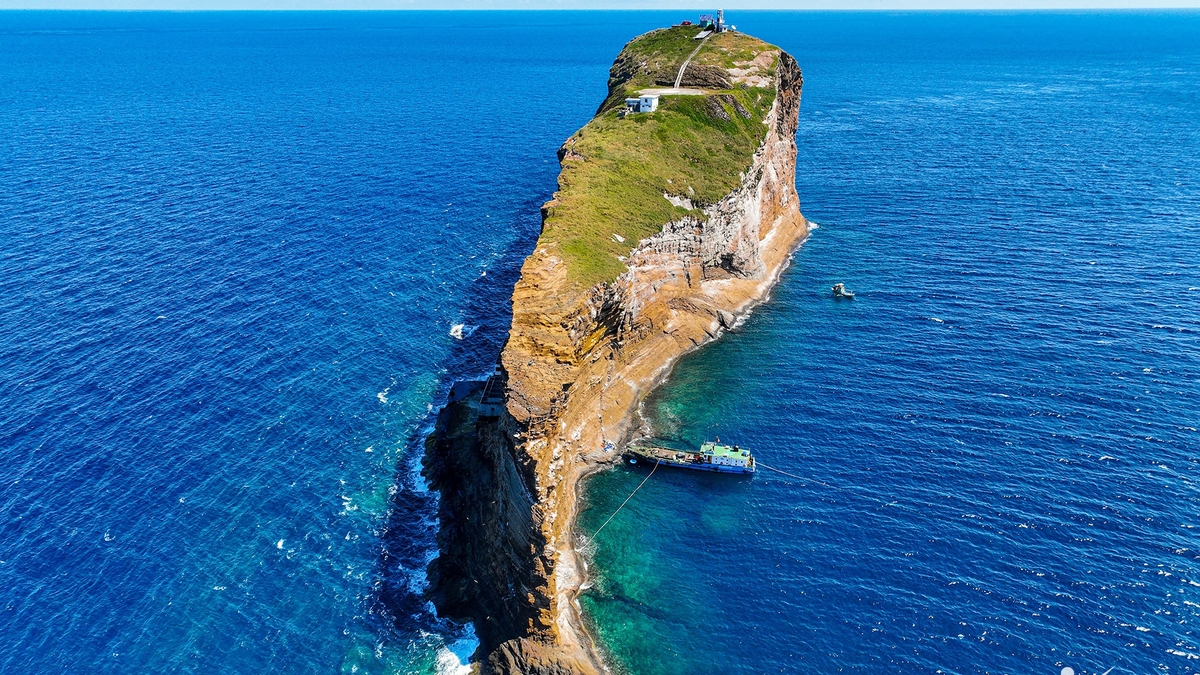

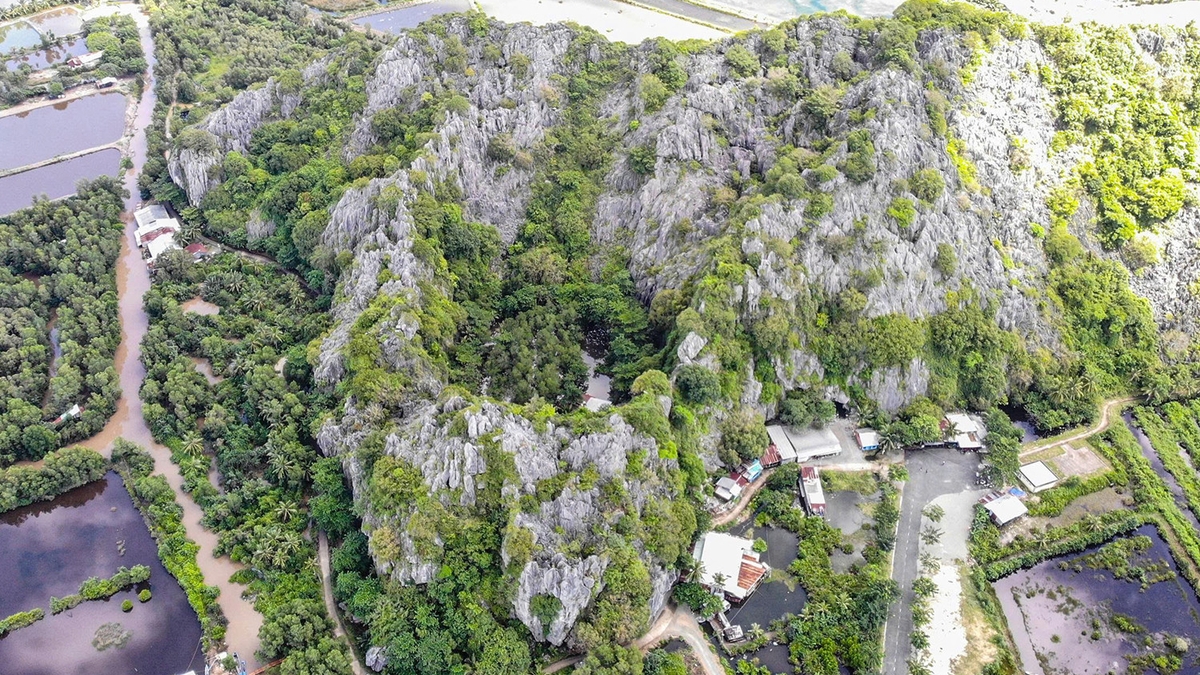

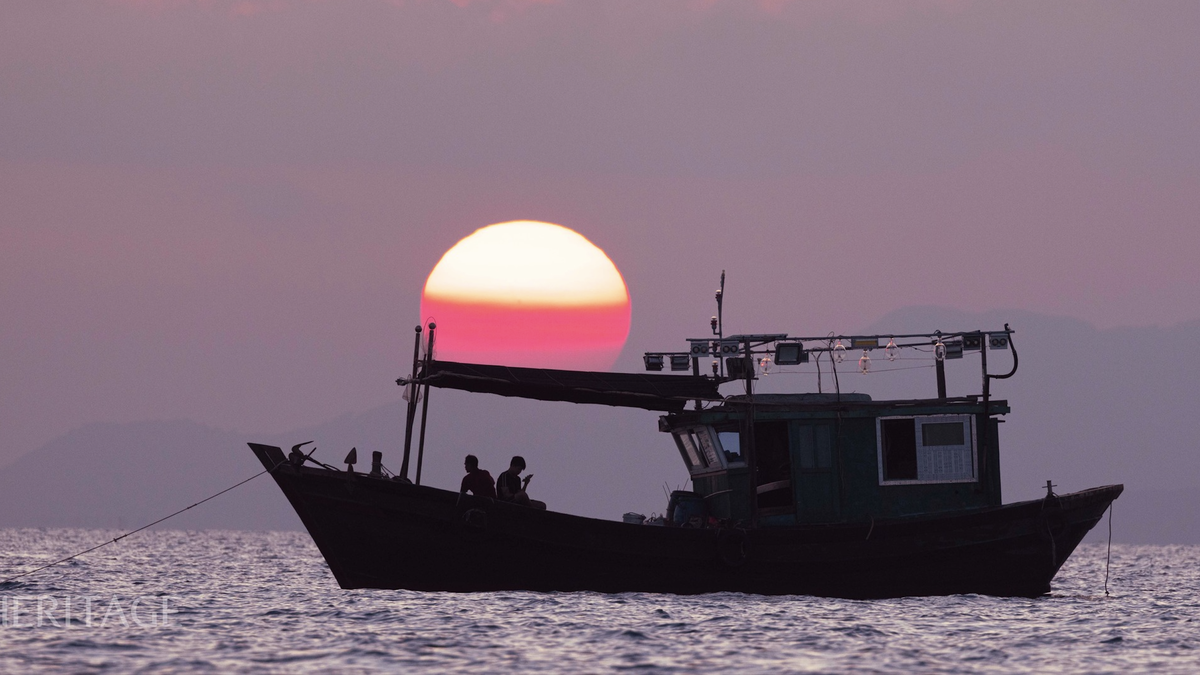
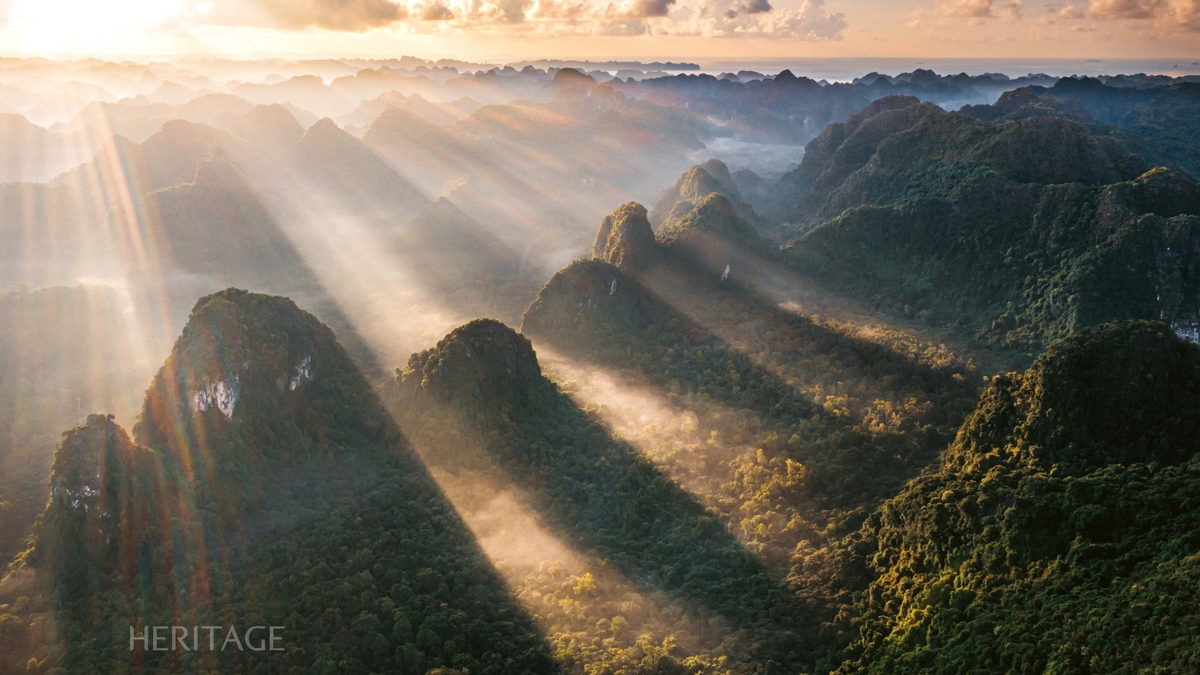







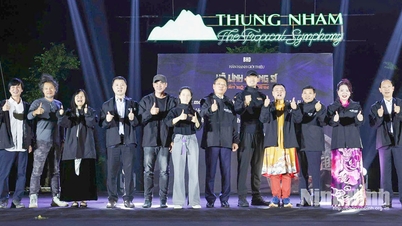







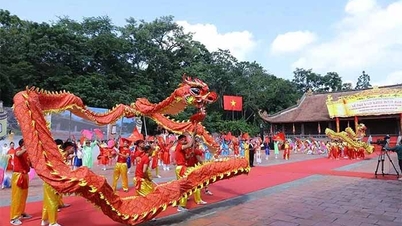



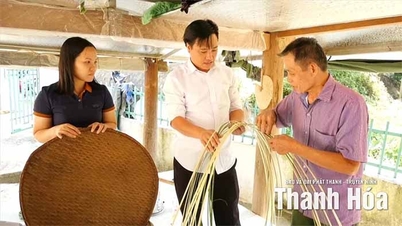














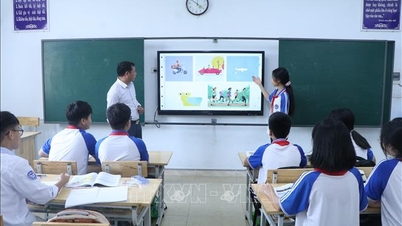

























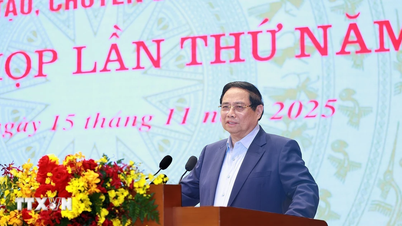


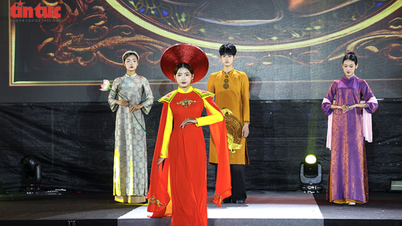



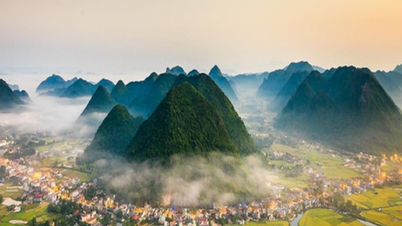

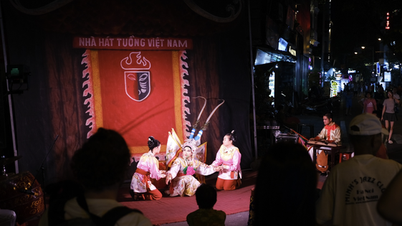
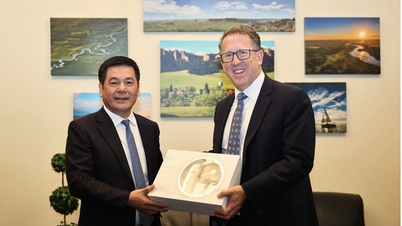

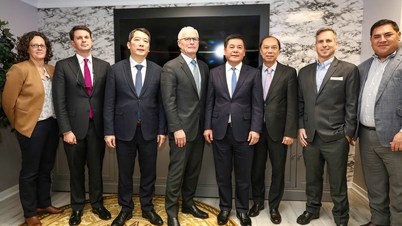


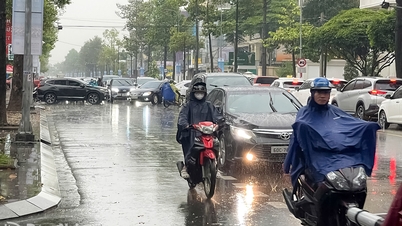

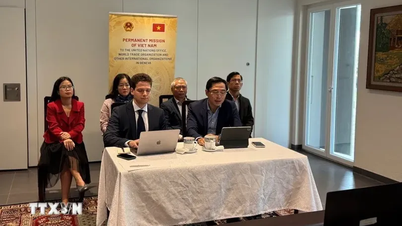



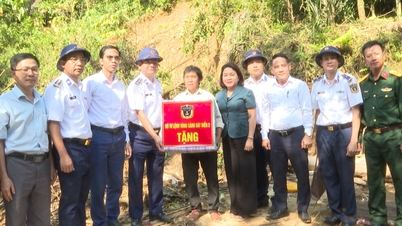













Comment (0)